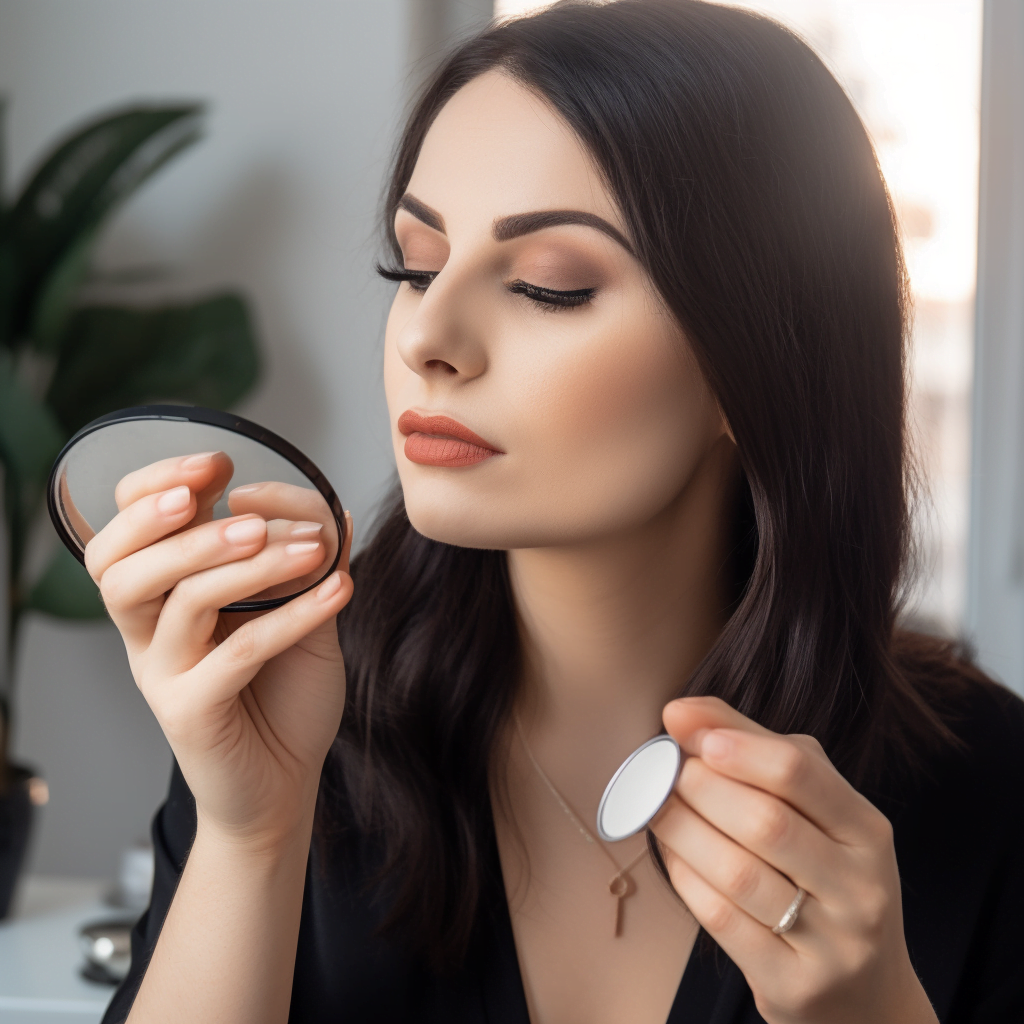
Are you tired of choppy, disjointed writing that leaves your readers confused? Say goodbye to bland beginnings and hello to smooth transitions with the ultimate guide to sentence starters.
In this piece, we’ll break down the art of crafting killer opening lines, from when to use them to specific examples so you can learn all you need to know about writing the best sentence starters possible. Get ready to elevate your writing game and hook your readers from the get-go.
What is a sentence starter?
Sentence starters are the secret sauce that elevates your writing and keeps your readers engaged. These words or phrases that introduce the rest of the sentence, often set apart by commas, are crucial for creating a cohesive flow in your writing. They give your readers a preview of what’s to come and set the tone for the rest of the sentence, paragraph, and essay.
In academic or nonfiction writing, proper sentence starters are a must-have.
Without them, your work can come off as disjointed and choppy, making it hard for readers to follow along. They’re especially important in longer texts that cover multiple topics, as they help bridge the gap between ideas and smooth out jarring transitions.
Paragraph starters play a similar role, providing an organizational signpost to guide readers through your work. They’re particularly useful for nonfiction writing, where a variety of facts need to be presented in a unified manner. Without sentence and paragraph starters, nonfiction can come across as dry and uninteresting, believe me. But with the right phrasing, you can keep your readers engaged and help bring your writing to life.
Why Are Sentence Starters Important?
Sentence openers are the key to unlocking powerful, engaging writing. These words at the beginning of your sentence set the tone and direction for the rest of your sentence. Mastering the art of starting sentences isn’t easy, but with practice and effort, it can elevate your writing and make it more structured, flowing, and clear. In the end, by incorporating a variety of sentence openers in your writing, you can avoid monotony and keep your audience interested until the very end!
When Should You Use Sentence Starters?
Sentence starters aren’t always necessary in every sentence. In fact, overusing them can be distracting to your readers. It can be beneficial to use sentence starters in some cases, such as:
- when you need to connect one sentence to another
- when introducing a new idea; when summarizing or concluding
- when adding emphasis; when writing a hook to engage the reader
- or when adding context to a sentence.
Ultimately, there is no single rule for when to use sentence starters and when to avoid them. If you’re unsure, take a second look at your sentences and see if they flow together nicely. If not, adding a sentence starter just might be the answer!
Types of Sentence Starters
Starting a sentence in different ways can help better convey your message. Whether you’re new to sentence structure or working on a big project, there are common phrases and words that you’ll often see at the beginning of sentences. Here are a few examples:
- Comparison words like “Yet,” “In comparison,” “On the contrary,” “Despite this,” or “Rather than” can be used to compare or contrast information.
- Adding information words like “Moreover,” “Likewise,” “For example,” and “Along with” can give more information.
- Words that show cause and effect like “As a result,” “Subsequently,” or “Obviously” can explain why something happened.
- Time words like “In the meantime,” “After a while,” and “Before long” can show when something happened or will happen.
- Location words like “Next to the dumpster,” or “At the bottom of the lake” can show where something is.
- Similes like “Smooth as silk,” can make a sentence more descriptive and create an image in the reader’s mind.
Introducing the main topic in an essay
Topic sentences are like the opening lines of an entire essay—they let the readers know what to expect by introducing the main topic of the paragraph or entire text.
- “This paper explores . . .”
- “In this essay . . .”
- “The focus of this writing is . . .”
- “As discussed in the following . . .”
- “We will delve into . . .”
- “The following analysis examines . . .”
- “The main subject of this paper is . . .”
- “This composition will examine . . .”
Phrases to conclude an essay
Conclusions and summaries are different than other sentences and paragraphs as they don’t present new information. When writing a conclusion, it’s important to use sentence starters that cue the reader you’re about to “wrap things up” so they don’t expect any new points or evidence.
- “In summary, . . .”
- “To summarize, . . .”
- “Bringing it all together, . . .”
- “In conclusion, . . .”
- “To wrap things up, . . .”
- “To review, . . .”
- “In short, . . .”
- “All in all, . . .”
- “All things considered, . . .”
- “By and large, . . .”
- “Overall, . . .”
- “On the whole, . . .”
- “In essence, . . .”
- “In brief, . . .”
- “To sum up, . . .”
Phrases to organize a list or sequence in writing
Sentence starters are helpful for lists of instructions or explaining a series of events. These items may not be related in obvious ways, but sentence starters link them together and in the correct order so that the reader can understand them properly.
- “First . . ., Second . . ., Third . . ., etc.”
- “Next . . .”
- “Then . . .”
- “Subsequently . . .”
- “After that . . .”
- “Afterwards . . .”
- “Eventually . . .”
- “Later . . .”
- “Following this . . .”
- “In the meantime . . .”
- “Subsequently . . .”
- “Proceeding . . .”
- “Continuing on . . .”
- “Moving on . . .”
- “Now . . .”
- “Finally . . .”
- “Last but not least . . .”
- “To begin with . . .”
Phrases to show similarities in writing
Sentence starters can be used to show that two things are related or alike. Even though the topics may be similar to yours, your reader may not yet understand the connection.
- “Similarly . . .”
- “In the same way . . .”
- “Along the same lines . . .”
- “Likewise . . .”
- “Again . . .”
- “Just like . . .”
- “In comparison . . .”
- “As well as . . .”
- “In a similar vein . . .”
- “Likewise, . . .”
Phrases to elaborate or add new points in writing
Sometimes one sentence isn’t enough to fully explain your point. Adding sentence starters to subsequent sentences can tie them all together, though.
- “Additionally . . .”
- “Moreover . . .”
- “Furthermore . . .”
- “Even more important . . .”
- “Just as important . . .”
- “Also . . .”
- “As well as . . .”
- “Besides . . .”
Phrases to introduce examples in writing
When writing essays, it’s important to use evidence to support your claims. Sentence starters make it easy to transition from explaining the general idea to providing specific examples.
- “For example . . .”
- “For instance . . .”
- “To illustrate . . .”
- “Specifically . . .”
- “We can see this in . . .”
- “This is evidenced by . . .”
- “Consider the [case/example] of . . .”
- “Take for example . . .”
- “As an illustration . . .”
Phrases to show contrasts and make abrupt transitions in writing
Sentence starters are useful when you need to change topics abruptly. Without them, the text can become confusing and disorganized, so use them to guide your reader, particularly when contrasting different topics.
- “However . . .”
- “Although . . .”
- “Otherwise . . .”
- “On the other hand . . .”
- “On the contrary . . .”
- “Nevertheless . . .”
- “Then again . . .”
- “Conversely . . .”
- “Notwithstanding . . .”
- “In contrast . . .”
- “Despite that . . .”
- “Yet . . .”
- “Rather . . .”
- “Still . . .”
- “Instead . . .”
- “In spite of . . .”
- “On one hand . . .”
- “On the other hand . . .”
- “While . . .”
- “In contrast to . . .”
- “Despite . . .”
- “But . . .”
Phrases to show cause and effect relationship in writing
It’s common to use two different sentences to discuss a cause-and-effect relationship, as in, something making something else happen or occur. Sentence starters can make the relationship clear and show which sentence is the cause and which is the effect.
- “As a result . . .”
- “Accordingly . . .”
- “Consequently . . .”
- “Due to . . .”
- “For this reason . . .”
- “Hence . . .”
- “Therefore . . .”
- “This means that . . .”
- “That is why . . .”
- “As a consequence . . .”
- “Thus . . .”
- “So . . .”
- “Leading to . . .”
- “Causing . . .”
- “Because of . . .”
- “On account of . . .”
- “Therefore, . . .”
- “As a result of . . .”
Phrases to emphasize a point in writing
In some cases, sentence starters aren’t necessary, but they can help make a point stand out. Use these for the sentences that you want your readers to remember most.
- “Above all . . .”
- “As usual . . .”
- “Certainly . . .”
- “Indeed . . .”
- “Undoubtedly . . .”
- “Of course . . .”
- “Obviously . . .”
- “Namely . . .”
- “Generally speaking . . .”
- “Most importantly . . .”
- “In particular . . .”
- “Emphatically . . .”
- “Without a doubt . . .”
Phrases to cite references in writing
When citing an idea from another source, like in research papers, it’s sometimes good to include attribution in the sentence starter. Use these phrases before a quote or concept from another work.
- “According to . . .”
- “Based on the findings of . . .”
- “As seen by . . .”
- “As explained by . . .”
- “With regards to . . .”
- “As stated by . . .”
- “In the words of . . .”
- “As reported by . . .”
- “As cited in . . .”
- “As indicated by . . .”
- “As per . . .”
- “As referenced in . . .”
- “As presented in . . .”
- “As described in . . .”
- “As written in . . .”
- “As documented in . . .”
Phrases to provide historical or background context in writing
Some sentences require background information to make sense. This could be a popular or mainstream idea that the reader is not familiar with or some historical background that isn’t common knowledge. In these cases, sentence starters can provide that context without becoming a distraction.
- “Traditionally . . .”
- “Historically . . .”
- “Customarily . . .”
- “In the past . . .”
- “Conventionally . . .”
- “Initially . . .”
- “Recently . . .”
- “Until now . . .”
- “Previously . . .”
- “Formerly . . .”
- “In the beginning . . .”
- “At first . . .”
Phrases to express uncertainty or doubt in writing
When writing about facts, readers assume that everything you write is true. In situations where something is unproven or uncertain, it’s important to indicate that there’s room for doubt to avoid misinforming the reader.
- “Perhaps . . .”
- “Although not proven . . .”
- “It’s possible that . . .”
- “It may be that . . .”
- “Arguably . . .”
- “While debatable . . .”
- “Some argue . . .”
- “It is uncertain . . .”
- “It is unclear . . .”
- “It is yet to be determined . . .”
- “It is open to interpretation . . .”
Make your writing flow seamlessly
Having great sentence starters is important, but it’s also crucial to ensure your entire essay reads smoothly and makes sense. If you’re ever in doubt, bookmark this article and come back to it for reference. It’s especially useful during the editing phase. Did you find a paragraph that just didn’t feel “right”? Maybe changing the way the sentences start is just what you need to make the writing shine a bit more.
Try it out!
If you enjoyed this article you might also be interested in learning about how to properly finish an email.




